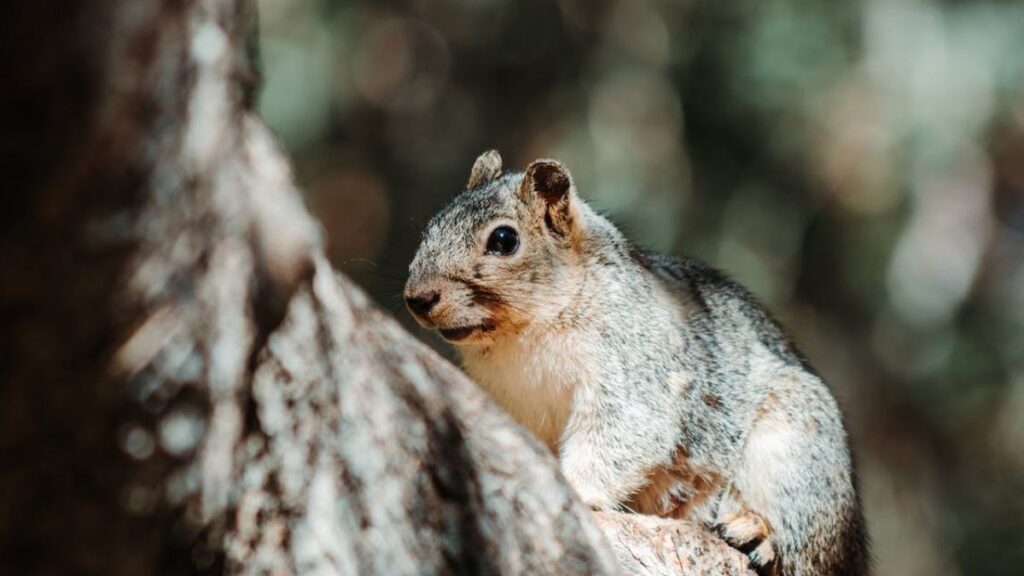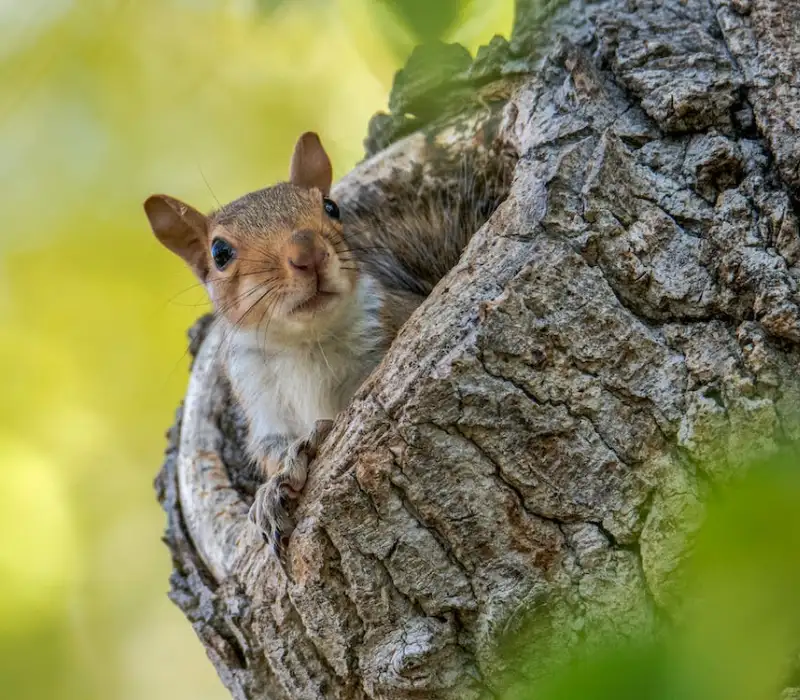Rodents are adaptable creatures found in various environments worldwide. Understanding their habitats is crucial for effective pest management. In this article, we delve into the diverse habitats where rodents reside, from urban settings to natural ecosystems. By gaining insight into their preferred environments, we can implement better prevention and control strategies to mitigate rodent infestations.

Where are Rodents Most Commonly Found?
Rodents are highly adaptable creatures that can be found in various habitats worldwide. They are most commonly found in areas where they have access to food, water, and shelter. Here are some places where rodents are frequently encountered:
- Homes and Buildings: Rodents like mice and rats often seek shelter in residential homes, commercial buildings, and other structures. They can enter through small openings, gaps, or cracks in walls, floors, or foundations.
- Urban Areas: Cities and towns provide an abundance of food sources for rodents, making urban areas common places to find them. They can be found in parks, gardens, alleys, and near garbage bins.
- Agricultural Areas: Rodents are known to infest farms and agricultural fields. Grain storage facilities, barns, and livestock areas provide them with food and shelter.
- Sewers and Drainage Systems: Rats are particularly well adapted to living in underground environments like sewers and drainage systems. These dark and damp areas provide them with protection and access to food sources.
- Forests and Woodlands: Various species of rodents inhabit forested areas, including squirrels, chipmunks, and voles. They find shelter in tree cavities, burrows, and leaf litter.
- Grasslands and Open Fields: Mice and other small rodents can be found in grasslands and open fields where they create burrows and tunnels for shelter.
- Coastal Areas: Some rodent species, such as beach mice, are adapted to coastal environments and are found in sand dunes and beach areas.
It’s important to note that the specific types of rodents and their prevalence may vary depending on the geographical location and habitat characteristics.
Urban Environments:
Urban areas provide abundant food and shelter for rodents. Common urban rodent species include mice, rats, and squirrels. Within urban settings, rodents seek refuge in places such as sewers, basements, and abandoned buildings. Factors like the presence of food waste, garbage, and sheltered spaces contribute to their proliferation.
Natural Habitats:
Rodents thrive in a range of natural ecosystems. Forests and woodlands provide a rich habitat for species like mice, rats, and squirrels. Grasslands and prairies are home to various rodents, including voles and gophers. Wetlands and marshes attract water-loving rodents such as muskrats and beavers. Deserts and arid regions house species like kangaroo rats, adapted to survive in harsh conditions.
Domestic Settings:
Rodents often invade human dwellings in search of food and shelter. Attics, crawl spaces, and wall voids are common nesting sites for mice and rats. Basements and cellars provide dark and secluded spaces for rodents to hide. Garages and sheds offer shelter, especially for squirrels and chipmunks seeking protection from the elements.
Outdoor Habitats:
Rodents construct burrows and nests in outdoor spaces. Burrows provide shelter and protection from predators. Mice, rats, and groundhogs are known for burrowing habits. Nesting preferences vary among species, with squirrels preferring tree cavities, birds’ nests, or leafy dens.

Environmental Factors:
Environmental factors influence rodent habitats. Climate and weather patterns impact their distribution. Availability of food and water sources is crucial for rodent survival. Adequate shelter and protection from predators also play a role in determining their habitats.
Rodent Adaptability:
Rodents are highly adaptable creatures, allowing them to colonize diverse environments successfully. Their ability to reproduce quickly and exploit available resources contributes to their population growth in various habitats.
Prevention and Control:
Understanding rodent habitats is essential for effective prevention and control measures. Identifying and eliminating their preferred habitats is crucial. Implementing rodent-proofing measures in homes and buildings, such as sealing entry points, is essential. Outdoor rodent control strategies, like removing food sources and modifying landscaping, can also be effective.
Conclusion
Rodents occupy a wide range of habitats, adapting to urban, natural, domestic, and outdoor environments. By understanding their habitat preferences, we can implement targeted prevention and control strategies to minimize rodent infestations. Through proactive measures and a deeper understanding of their habitats, we can create a safer and healthier environment for ourselves and mitigate the challenges posed by these adaptable creatures.
